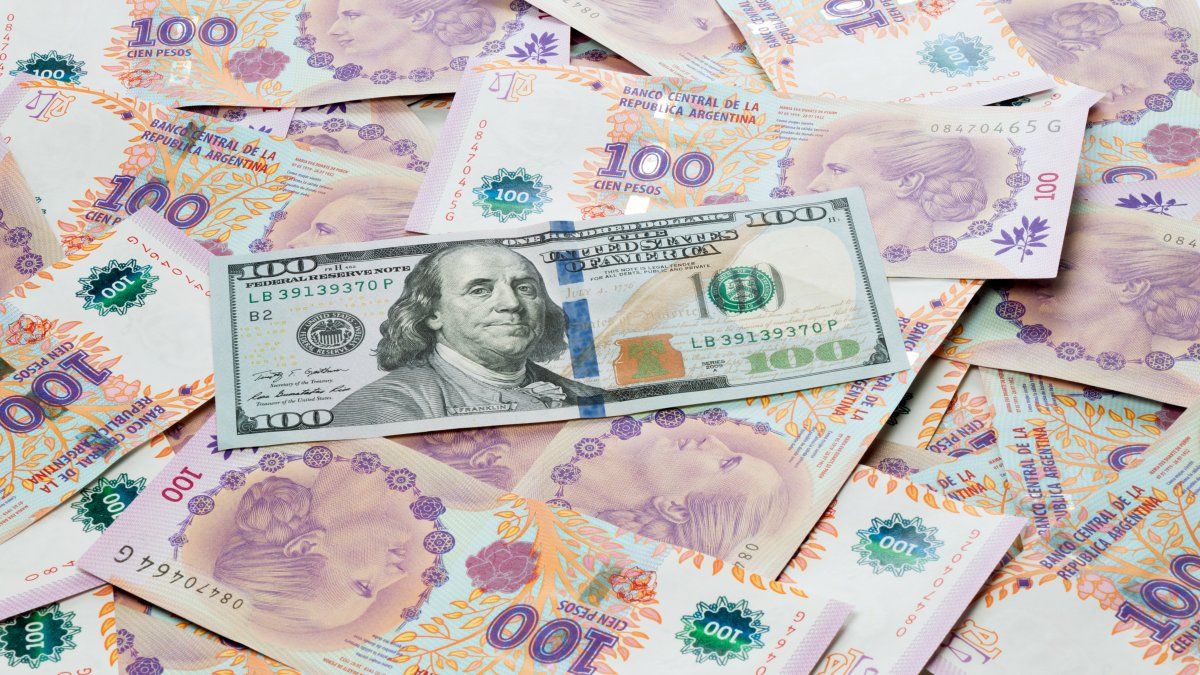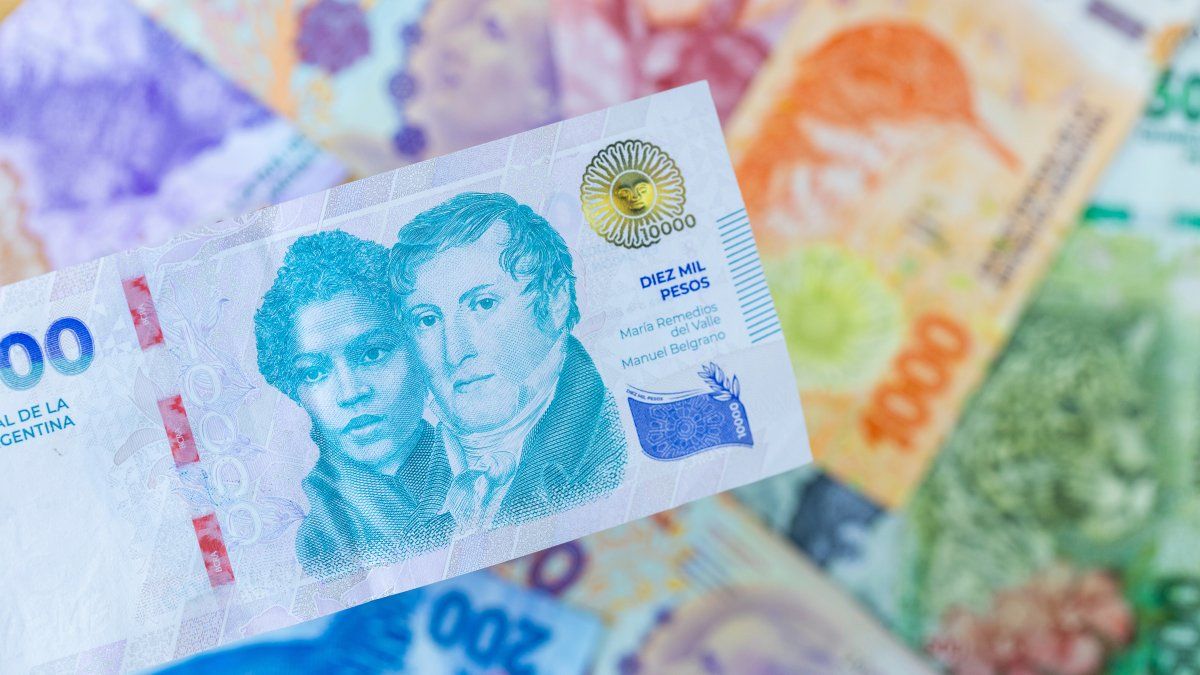The Argentine economy shows a fiscal surplus, a balance of payments surplus, inflation down and the Central Bank’s balance sheet is being capitalized. The obligatory question would be, Does Argentina need a devaluation?
It does not seem that devaluation is necessary for the moment.To this we should add that agricultural exports have not yet been fully realized, some 34.7 million tons of soybeans and 28.7 million tons of corn remain to be exported.
1) The Treasury tap was closed in the first 6 months of the year, it obtained a fiscal surplus and used this surplus to buy dollars. For the next few months, the surplus is likely to be very high, payments for profits and personal property of individuals that had to be paid in May and were postponed to August will be received. In August, the non-taxable minimum for profits will be lowered. Between August and September, the period of adhesion to the money laundering and the moratorium is open. All these extraordinary incomes will contribute more pesos to increase the fiscal surplus, and the Treasury will be able to buy a greater quantity of dollars. In September, the PAIS tax should drop from 17.5% to 7.5%, but we believe that this loss of collection will be compensated by higher tax revenues.
2) The interest payment tap on the remunerated monetary liabilities of the Central Bank was closed, these liabilities were now exchanged for Treasury debt, capitalizable bills (LEFI) were placed that must be paid within a year. In the meantime, the interest is capitalized, therefore, this does not affect the cash flow.
3) The tap of bonds that had a right to sell was closed at 78%, now it remains to exchange for the remaining 22% of bonds
4) The tap for issuing pesos to buy dollars has been closed. The Central Bank will issue pesos to buy dollars at wholesale prices, and will absorb the pesos by selling these dollars in the Contado Con Liquidación (CCL) segment. On the other hand, the Central Bank is committed to withdrawing $2.4 billion pesos from the market, which it expanded from May 1 onwards. These interventions will cause pesos to leave the market, which makes a rise in the dollar very unlikely.
The economy is a game of scarcity and abundance. The government will make pesos scarce, and the dollar in the hands of private individuals will become very abundant.
In parallel to these actions, The Government does not abandon the possibility of obtaining international financing. The idea is to obtain US$10 billion via the IMF and other international organizations, and if necessary, put up the gold that is currently deposited in an international bank as collateral.
With a successful moratorium, a money laundering process that could attract a floor of US$20 billion and a ceiling of US$30 billion, plus the credit that could come from abroad, a devaluation of the currency would not seem necessary.
Things that are not understood.
YPF has a negotiable obligation until 2029 that yields 8.6% annually. It is a state-owned company worth US$7.74 billion, and for now it is unable to articulate a projection of significant profits in the future, as it is part of an investment process.
The Argentine State has a bond called AL29 that yields 31.2% annually, with the Treasury showing positive fiscal results.
It seems incredible that the negotiable bond of a state-owned company yields less than a government bond, with a gap of more than 20%.
The Bopreal Series 3, which is a dollar bond from the Central Bank maturing in 2026, yields 25% annually, the inflation-adjusted peso bond TX26 maturing in 2026 yields inflation plus 9.1%. The Pampa Energía Negotiable Obligation maturing in 2026 yields 5.8% annually in dollars. Something must be out of whack.
The inflation-adjusted peso bond maturing in February 2025 (T2X5) yields inflation plus 8.0%, the wholesale dollar-linked bond maturing in March 2025 (TV25) yields the equivalent of the wholesale dollar minus 11.6% per annum. The Lecap rate maturing in March 2025 (S31M5) yields 69.2% per annum.
The market is positioning itself in bonds that adjust for the wholesale dollar as if it were facing an eventual devaluation, and the high rate of return on the bond that adjusts for inflation reflects a fall in inflation, and the Lecap with these rate levels shows us a very positive rate compared to the expected inflation. The implied rate of the future dollar in the March 2025 position is 59.0% per year. It has nothing to do with anything.
Conclusion
From our reading of the markets, we see many unbalanced bonds. There is no correlation between the rate paid by a sovereign bond, a negotiable bond of a state company, a bond of the BCRA and a negotiable bond of the private sector.
Interest rates are strongly positive on LECAPs, inflation-adjusted bonds have rates approaching double digits, and the implied dollar forward rate is similar to the LECAP rate.
All rates in pesos are much higher than the stock market guarantee rate, which is 40% per year, and the guarantee rate in dollars is around 2.0% per year, very low compared to the yields on sovereign bonds in dollars.
In this scenario of general confusion, we are far from a wholesale dollar devaluation, alternative dollars enjoy a very high gap, the interest rate in the United States could fall, and if Argentina manages to close an agreement with the IMF, a successful money laundering, maintains the fiscal surplus, and continues in the process of lowering inflation, the country risk should fall significantly. Business opportunities are in sight, except for those who do not see them.
Source: Ambito
I am a 24-year-old writer and journalist who has been working in the news industry for the past two years. I write primarily about market news, so if you’re looking for insights into what’s going on in the stock market or economic indicators, you’ve come to the right place. I also dabble in writing articles on lifestyle trends and pop culture news.




